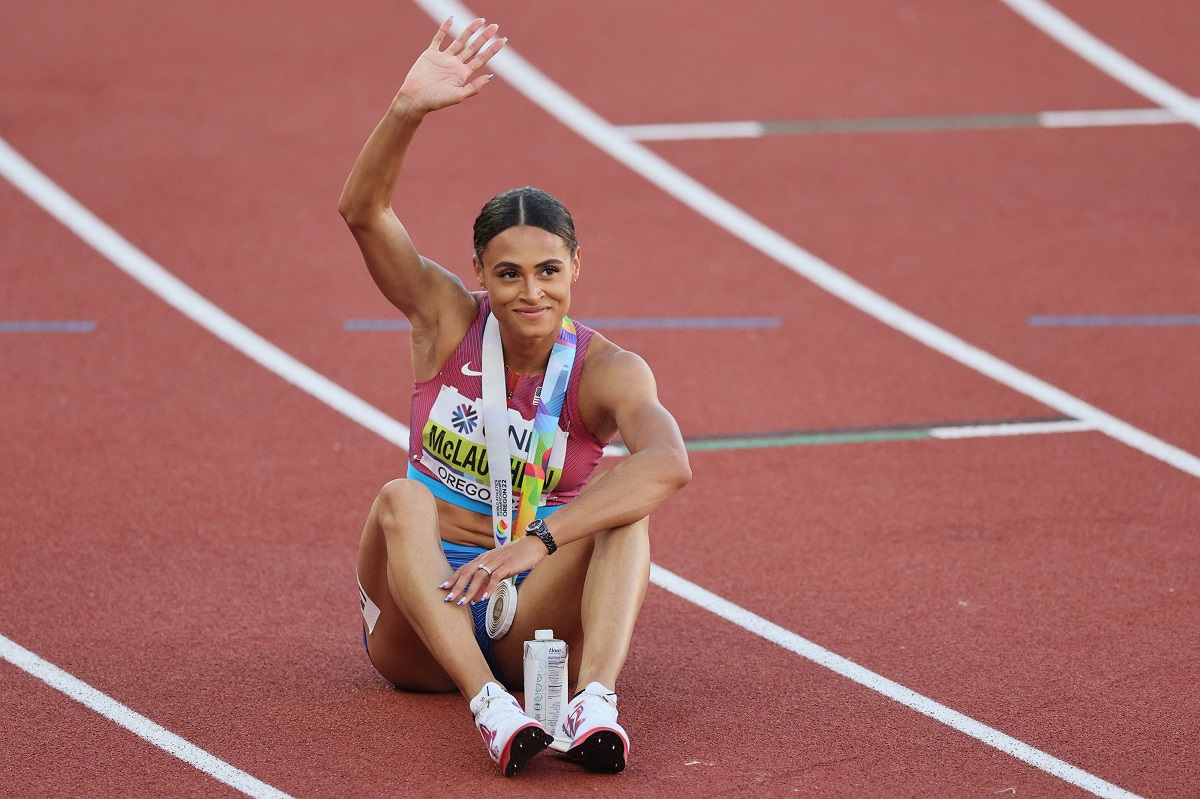Athlete Brain: Six Differences Between The Brains Of Athletes And Non-Athletes

Athlete Brain: The brain is an incredibly dynamic organ that adapts to the demands placed on it. Athletes, who engage in regular and intense physical activity, exhibit certain distinct characteristics in their brain structure and function compared to non-athletes.
Below are six key differences between the brains of athletes and those of non-athletes.
Athlete Brain: Differences Between The Brains Of Athletes And Non-Athletes
1. Increased Gray Matter Volume

Athlete Brain, Gray matter in the brain consists of neuronal cell bodies, dendrites, and synapses that are crucial for processing information. Studies have shown that athletes tend to have a higher volume of gray matter in certain areas of the brain, particularly those involved in motor control, coordination, and decision-making.
For instance, increased gray matter volume in the primary motor cortex, which is responsible for voluntary movement, is commonly observed in athletes. This increase in gray matter volume is believed to enhance cognitive functions such as memory, learning, and motor skills.
2. Enhanced Neural Connectivity
Athlete Brain, Athletes often exhibit stronger and more efficient neural connections between different regions of the brain. This enhanced connectivity is a result of the repetitive and coordinated movements that athletes practice during their training.
Stronger neural connections enable faster and more efficient communication between brain regions, which is critical for quick decision-making and precise movements. For example, in sports that require rapid response times, such as basketball or soccer, athletes benefit from the ability to make split-second decisions and execute complex movements with greater ease.
3. Increased Production Of Neurotransmitters
Athlete Brain, Neurotransmitters are chemical messengers that transmit signals between neurons. Regular physical activity has been shown to increase the production of certain neurotransmitters, particularly dopamine and serotonin, in the brains of athletes. Dopamine is associated with reward, motivation, and focus, while serotonin plays a key role in regulating mood and reducing stress. As a result, athletes tend to have a more positive mood, higher motivation levels, and better stress management. This chemical boost can also enhance cognitive functions such as attention and learning.
4. Greater Resilience To Stress
Athlete Brain, Stress is a common challenge in both everyday life and athletic competition. However, athletes often display greater resilience to stress compared to non-athletes. This resilience is partly due to the lower levels of cortisol, the stress hormone, found in athletes’ brains.
Regular physical activity helps regulate the body’s hormonal response to stress, making athletes better equipped to handle high-pressure situations, such as competitive events or critical decisions. This ability to remain calm and focused under pressure is a significant advantage in both sports and other areas of life.
5. Enhanced Memory And Learning Capacity
Athlete Brain, One of the most remarkable effects of regular physical activity on the brain is its impact on memory and learning. The hippocampus, a brain region crucial for memory formation and learning, is particularly responsive to exercise. Studies have shown that exercise stimulates the production of new neurons in the hippocampus, a process known as neurogenesis.
This increase in neurogenesis enhances memory retention, learning abilities, and problem-solving skills. Athletes, therefore, often display superior cognitive abilities in tasks that require strategic thinking and planning, such as those found in team sports like football or basketball.
6. Improved Focus And Attention

Athlete Brain, Focus and attention are critical for success in sports, and athletes tend to excel in these areas. Regular physical training has been shown to increase activity in the prefrontal cortex, the brain region responsible for attention, decision-making, and executive function.
This heightened activity enables athletes to maintain concentration and focus during high-stress situations, such as during competition. Enhanced focus also allows athletes to execute complex tasks with precision, making them more effective in their respective sports. This ability to maintain attention under pressure can also translate to improved performance in academic or professional settings.
Conclusion
Athlete Brain, The differences between the brains of athletes and non-athletes highlight the profound impact that regular physical activity can have on brain structure and function. Athletes not only benefit from increased gray matter volume, enhanced neural connectivity, and greater neurotransmitter production, but they also demonstrate greater resilience to stress, enhanced memory and learning capacity, and improved focus and attention.
Athlete Brain, These brain adaptations give athletes a significant advantage both on and off the field, underscoring the importance of regular exercise for cognitive health and overall well-being. By understanding these differences, we can better appreciate the role of physical activity in shaping the brain and its potential to improve mental and cognitive performance in everyone.
Also Read:
The Greeks Were Fierce Swimmers; Why Did Swimming Have No Place In The Ancient Olympic Games?




